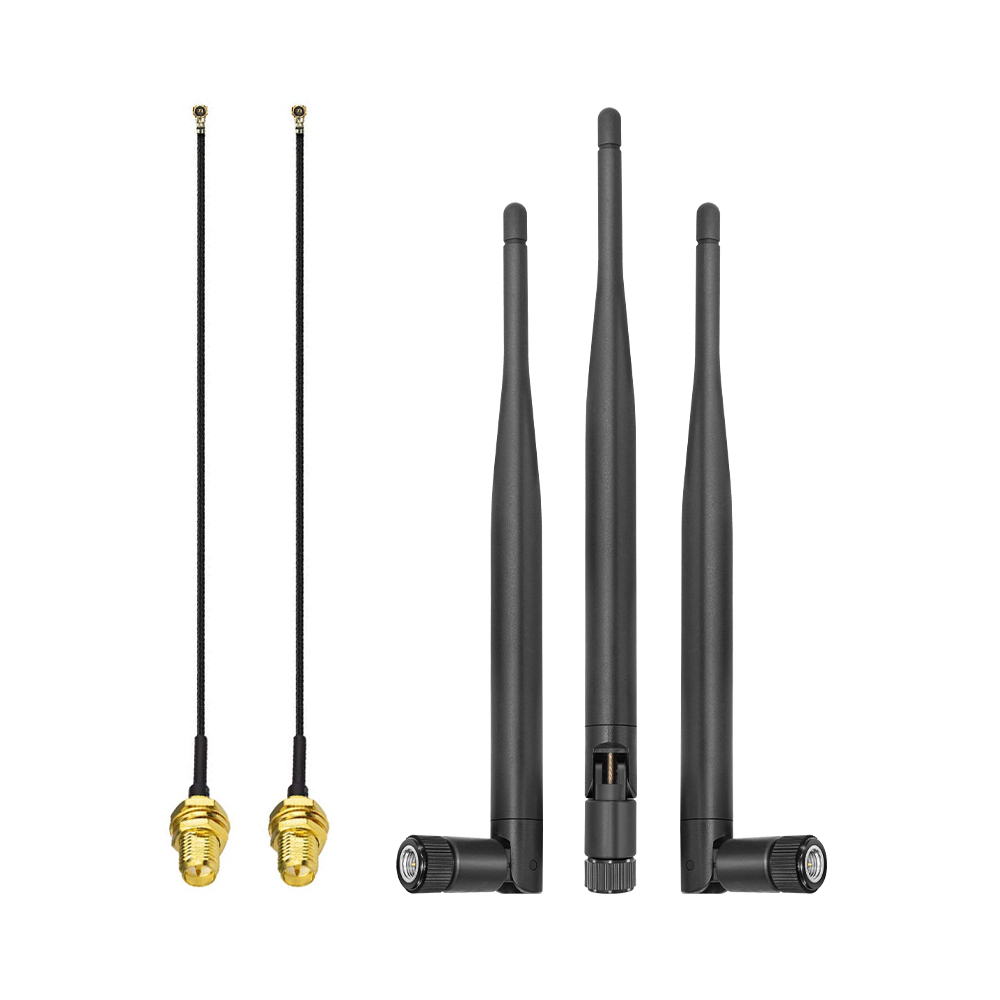In the realm of wireless communication, antennas play a pivotal role. They are the unsung heroes that facilitate the transmission and reception of electromagnetic waves. But how did we arrive at the sophisticated antenna systems we rely on today? This article delves into the evolution of antenna technology, highlighting its significance in the transition from early wireless communication to the cutting-edge capabilities of 5G.

Understanding Antennas: The Basics
At its core, an antenna is a device that converts electrical energy into radio waves and vice versa. This fundamental function is crucial for various applications, including television broadcasting, mobile phones, and satellite communications. But what types of antennas exist, and how do they differ?
- Dipole Antennas: Simple and effective, these antennas consist of two conductive elements and are often used in basic communication systems.
- Yagi-Uda Antennas: Known for their directionality, these antennas are commonly used for television reception.
- Parabolic Antennas: These antennas focus signals and are typically used in satellite communications.
- MIMO Antennas: Standing for Multiple Input Multiple Output, these antennas enhance data throughput and are essential in modern wireless networks.
The Journey from Analog to Digital
The journey of antennas began with analog signals, where the quality of transmission was often compromised by interference and distance. As technology advanced, the shift to digital communication brought about significant improvements. Digital signals are less susceptible to noise, allowing for clearer and more reliable communication.
Moreover, the introduction of smart antennas revolutionized the field. These antennas can adapt their radiation patterns based on the surrounding environment, optimizing signal strength and quality. Have you ever wondered how your smartphone maintains a strong connection even in crowded areas? Smart antennas are a key factor in this capability.
The Rise of 5G Technology
With the advent of 5G technology, the role of antennas has become even more critical. 5G networks require a higher density of antennas to support the increased data demands and lower latency. This has led to the development of advanced antenna systems, such as massive MIMO, which utilizes hundreds of antennas to serve multiple users simultaneously.
As we embrace this new era of connectivity, understanding the intricacies of antennas becomes essential. They are not merely components; they are the backbone of our communication infrastructure. For those interested in exploring more about antennas and their applications, consider visiting  .
.
Conclusion: The Future of Antenna Technology
As we look to the future, the evolution of antenna technology will continue to shape our communication landscape. Innovations in materials, design, and integration will pave the way for even more advanced systems. Whether it’s for personal devices or large-scale networks, antennas will remain at the forefront of technological advancement.
In summary, the journey from early wireless communication to the sophisticated 5G networks of today showcases the remarkable evolution of antennas. Their importance cannot be overstated, as they enable the seamless connectivity that defines our modern world.








